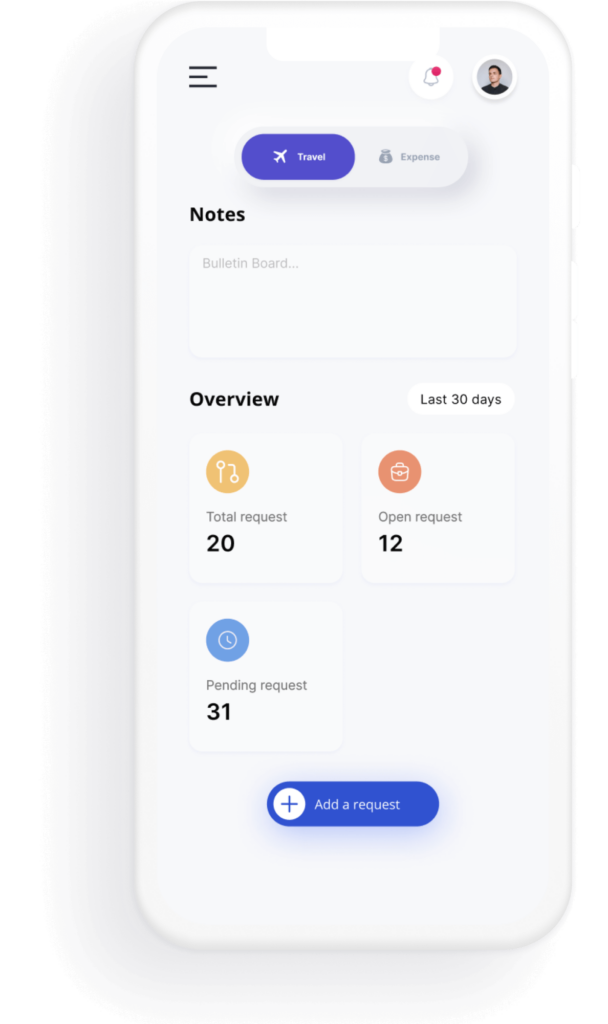Every business trip comes with a price tag—airfare, hotels, meals, client entertainment, and a seemingly endless list of incidental expenses. Managing these costs effectively can be the difference between streamlined financial operations and budgetary chaos. But what exactly does T&E mean? T&E meaning refers to Travel and Expense (T&E) management, a crucial process that businesses use to monitor, control, and reimburse costs related to employee travel. In a corporate environment where financial visibility and compliance are paramount, an optimized T&E system is not just an operational necessity—it’s a strategic asset.
Understanding T&E: What Does It Mean?
T&E expenses cover the day-to-day costs employees rack up while on a business trip. Any spending directly related to work travel falls under this category, and employees should be fairly reimbursed for all valid expenses. To ensure clarity on what qualifies for reimbursement and spending limits, most companies establish a travel and expense policy. Employees must adhere to these guidelines for their claims to be approved and fully reimbursed. This includes:
- Corporate Travel Management: Booking flights, accommodations, and transportation while ensuring adherence to travel policies.
- Expense Tracking: Logging business-related expenses such as meals, car rentals, and event registrations.
- Reimbursement Processing: Streamlining approval workflows to ensure employees are reimbursed promptly and accurately.
- Compliance & Auditing: Ensuring adherence to corporate policies and government regulations, minimizing fraud risks.
- Tax and VAT Reclaim: Identifying eligible business expenses that can be reclaimed, optimizing cost savings.
Expenses That Fall Under T&E
Still wondering what is T&E? T&E meaning goes beyond just travel costs—it includes meals, accommodation, and client-related expenses incurred during business trips.
1. Travel & Transportation
One of the most significant T&E expenses is business travel itself. Any cost incurred by an employee to reach a work-related destination qualifies, including:
- Flights, train tickets, and bus fares
- Taxis, ride-shares, and rental cars
- Fuel, tolls, and parking fees
However, regular commuting costs—like travelling to the office—aren’t covered under T&E reimbursements.
2. Meals
Employees are typically reimbursed for meals purchased during a work trip, including client dining. However, companies often have policies outlining what’s covered—luxury dining or alcohol may not be eligible. Always check the company’s expense policy before submitting meal-related claims.
3. Accommodation
Hotel stays and lodging expenses during business trips are part of T&E, but companies often regulate spending through accommodation policies based on employee roles. This ensures travel budgets stay within reasonable limits.
4. Client Expenses
Spending on clients, such as meals, drinks, or entertainment, is usually covered under T&E expenses. However, expenses should align with company policies to be eligible for reimbursement. The importance of a clear travel and expense policy lies in its ability to prevent overspending and ensure employees understand reimbursement rules.
Why T&E Management is Essential for Businesses
1. Cost Control and Optimization
Businesses without structured T&E processes often struggle with budget overruns. A well-integrated T&E system provides:
- Real-time Expense Visibility: With cloud-based dashboards, finance teams can monitor spending patterns instantly.
- AI-powered Spend Analysis: Machine learning algorithms can flag policy violations and optimize vendor negotiations.
- Pre-trip Approvals: Employees can submit projected expenses before travelling, preventing unexpected budget spikes.
2. Enhanced Employee Experience
A poorly managed T&E process can be frustrating for employees. Automating workflows with intelligent T&E software reduces manual data entry, eliminates lost receipts, and accelerates reimbursements. Mobile-friendly expense reporting allows travelers to upload receipts on the go, enhancing productivity and satisfaction. Without clear guidelines on T&E meaning, employees may overspend or struggle with reimbursement claims.
Corporate travel and expense management software simplifies this reimbursement process by automating approvals and tracking expenses in real time. One of the top benefits of automating travel and expense management for your business is the ability to reduce manual errors and speed up reimbursements.
3. Regulatory Compliance and Fraud Prevention
T&E expenses are often scrutinized in financial audits. Companies must comply with tax regulations, data privacy laws, and anti-fraud measures. Advanced T&E management solutions leverage:
- OCR and Receipt Scanning: Reducing errors and fraudulent claims.
- Audit Trail Generation: Creating digital records for expense validation.
- Integration with ERP Systems: Ensuring seamless compliance with financial reporting standards.
4. Integration with Corporate Systems
Modern T&E management tools integrate with enterprise software like SAP S/4HANA, Oracle ERP, and Workday, enabling:
- Automated GL coding and expense categorization.
- Direct reconciliation with corporate credit cards.
- Cross-functional analytics for better decision-making.
What Makes Costen the Smart Choice?
Costen takes the hassle out of travel expense management while maximizing savings. Here’s why it’s the smart choice for businesses:
- Real-Time Policy Checks – No more manual expense tracking; just scan, submit, and save. Flags overspending before it happens.
- Flexible Policies – Set different policies for domestic and international travel effortlessly.
- Multi-City Requests – Submit a single request for itineraries with up to five cities, streamlining approvals.
- Global Currency Support – Track expenses in multiple currencies on a unified platform.
- Integrated Outlook Add-On – Receive timely reminders for expense and travel approvals.
- Mobile Convenience – Manage expenses and travel requests on the go with Android and iOS support.
- Receipts in the Cloud – Securely store and access receipts anytime, eliminating loss.
- Seamless Integrations – Works with your existing finance and HR systems for a smoother workflow.
Takeaway
Many employees misunderstand T&E meaning, assuming all travel-related costs are reimbursable when, in reality, only policy-compliant expenses qualify. In today’s digital economy, businesses cannot afford inefficient T&E processes. T&E meaning extends beyond expense tracking it’s a financial ecosystem that optimizes costs, improves compliance, and enhances employee experience. By investing in intelligent T&E solutions, businesses gain strategic financial control, ensuring that corporate travel remains a well-managed asset rather than a budgetary burden.


